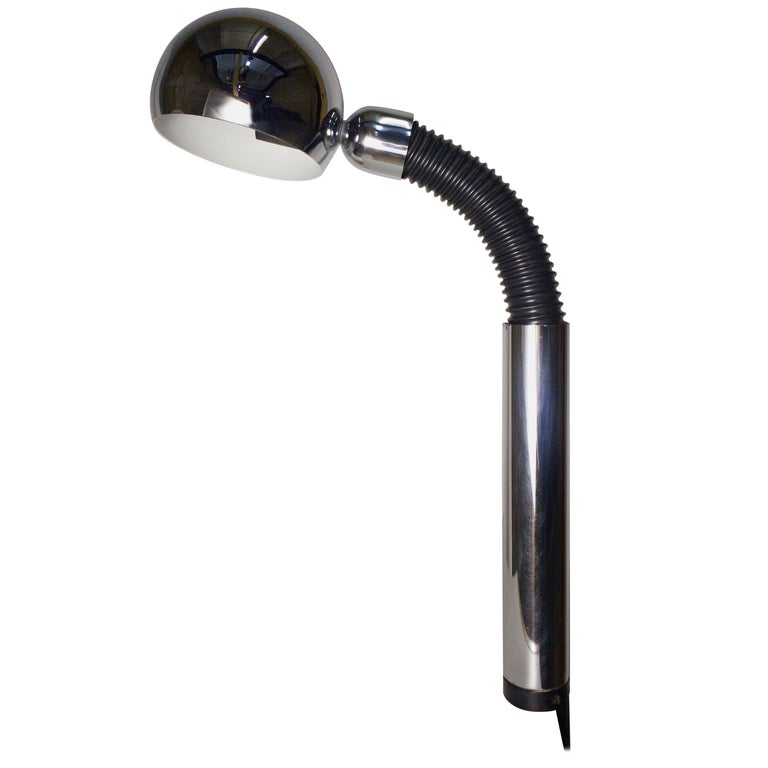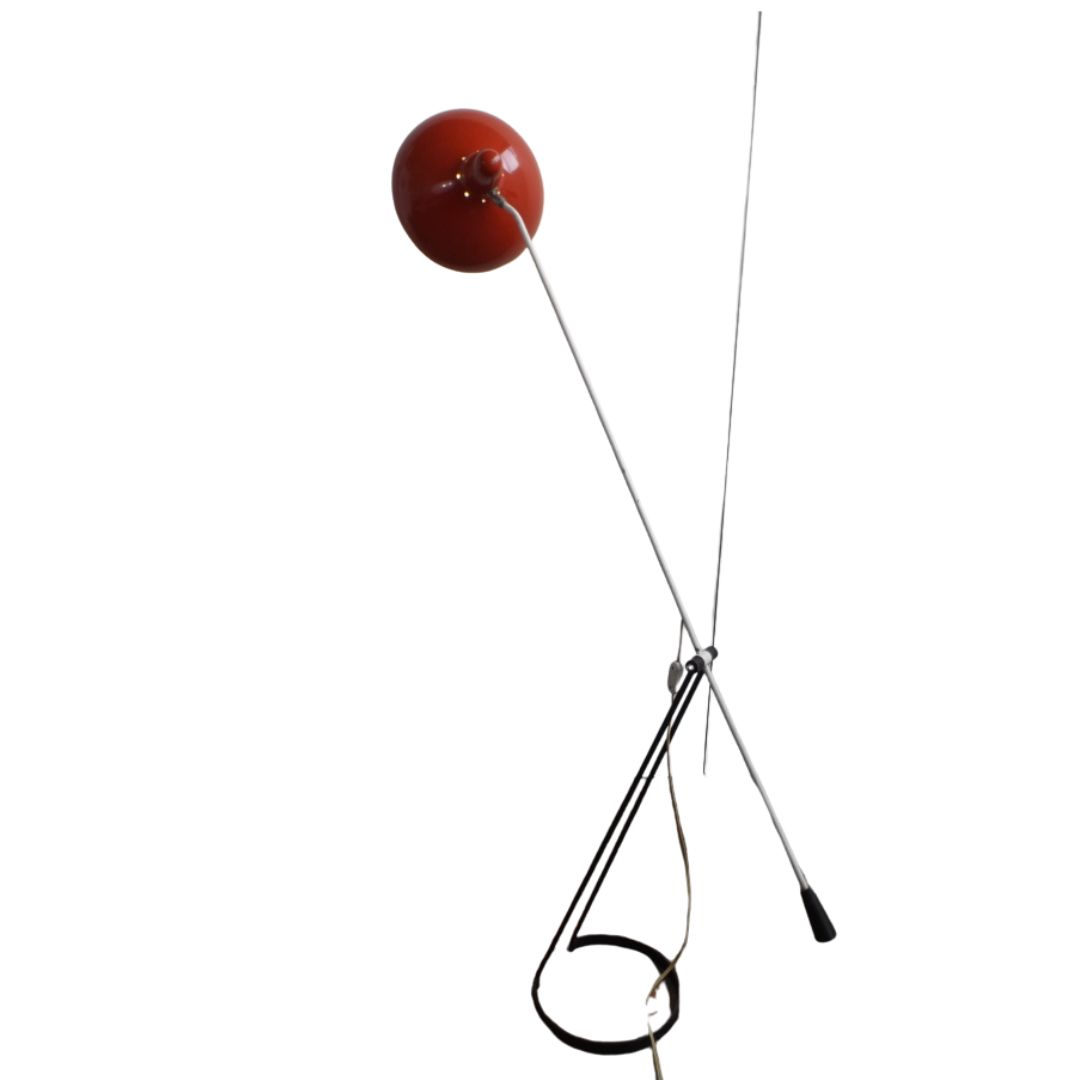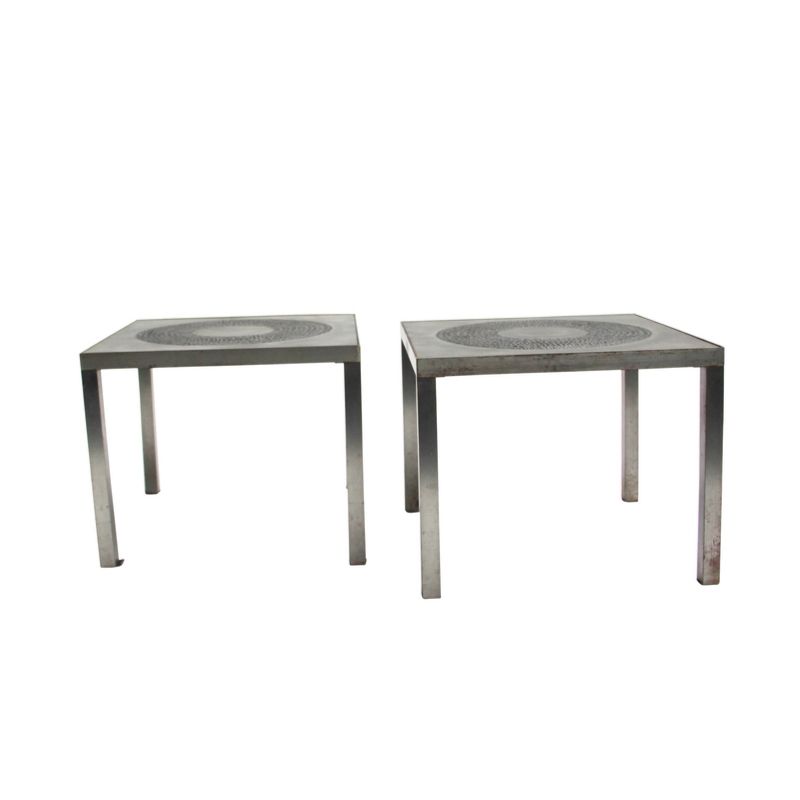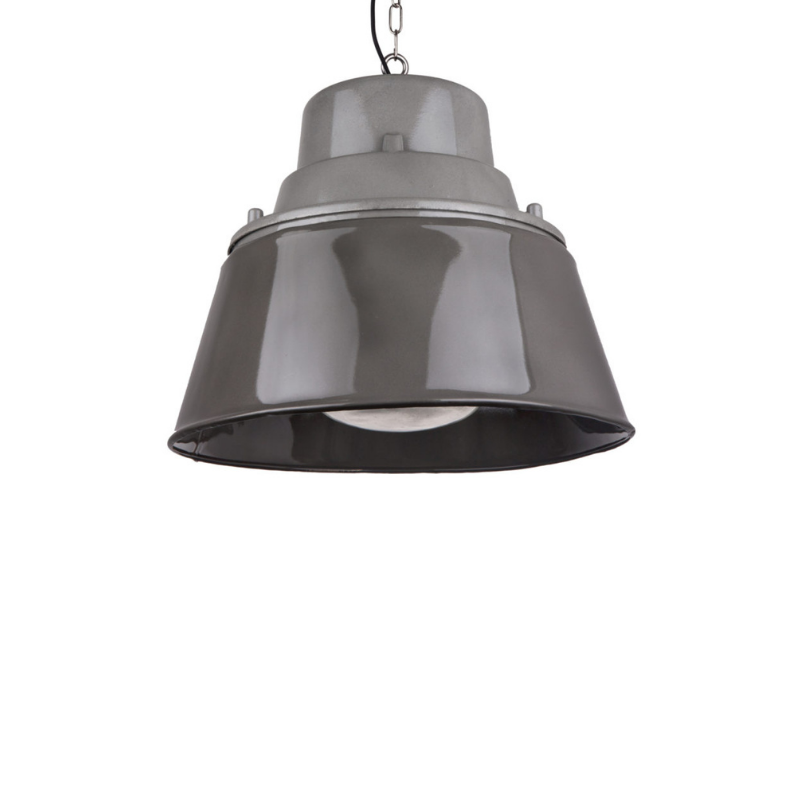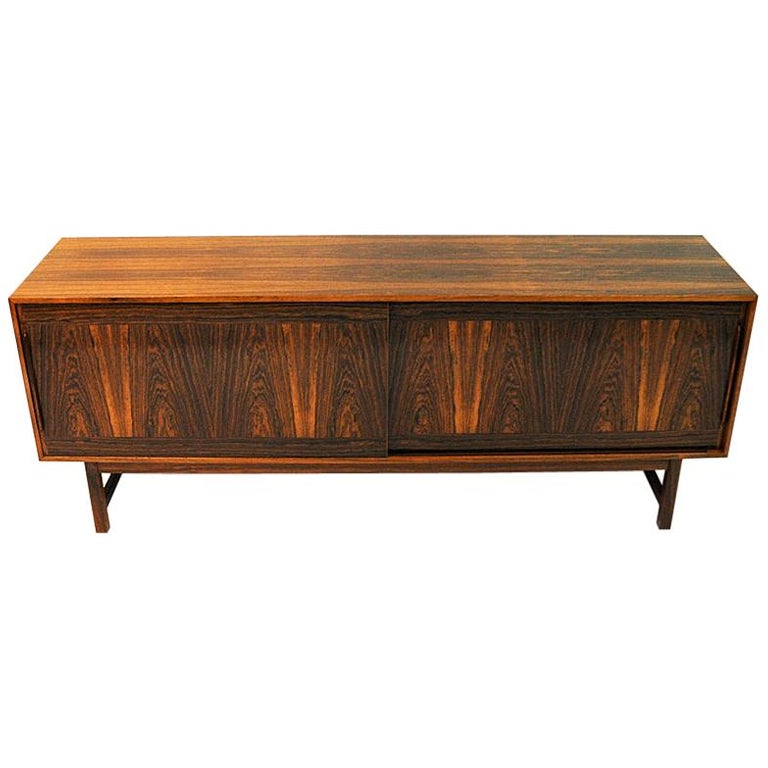Plenty of examples
Not the least of which is the horrendously annoying internet contractions: you=u , you're =ur, see = c. The written word has had centuries of design applied to it in order to reach the state where it currently is. Groups of letters form words, and the practiced eye reads them as a whole - connecting to the mind the concept behind the word. Contracting words down into single/double letters you are essentially forcing the reader back into grade school - where a conscious pause must be taken to sound out whatever word you are trying to communicate.
Contractions of words are only relevant in areas where they cause convenience. Example: can't is shorter than cannot, but it reads the same. The contractions you are using are relevant when using a cell phone keypad. When using a full keyboard contractions are only annoying.
Pepper grinders
A ubiquitous holdhold gadget that many supposedly compentant designers have taken a stab at and pretty much miserably failed. A seemingly trivial gradget but a good one requires real application of human ergonomics. Virtually ALL the designer desiged pieces have given virtually no thought to how well they will actually grind pepper (or refill or change the grind). It's a pet peave of mine.
And
my pet peeve (ahem) is bad spelling ! But it's the thought -- literally -- that counts, isn't it ?
LuciferSum puts into words, eloquently if forcefully, a thought I would hope many of us have had. Is this part of the "new morality," along with cell phones in your face and "get out of my way" on the sidewalk and the street ? Perhaps they know not that they offend. . .so thanks for the words !
SDR
Where do I begin...
a double walled metal mug that looked really neat but which quickly conducted heat to the rim and burned my mouth.
every programmable consumer electronic device I have ever tried to program (and I once wrote a 10,000 line basic software program so I am not totally lame at programming).
windows because it crashes and has so much unforeseeable interplay among .dll files that even microsoft technicians often cannot figure out causes of crashing--a desk top software ought to work and be intuitive to use, neither of which characterizes Windows.
Pontiac Aztek: extreme ugliness tacked onto inferior, unreliable performance.
All non-Stihl lawn care products that I've tried; they soon start poorly and break frequently.
Extention ladders that mostly threaten your life when you try to paint upper floors or try to get on and off a roof.
Plastic tool kits that warp from too much load and fall open and drop your tools.
All electric razors, no matter how cool they look (and I have a classic Braun and a recent Norelco), because they work no where near as well as blades, and the world really needs a great electric razor to keep me from polluting the environment with disposable blades and oil-based razors.
Flower vases, which in my experience, are all susceptible to tipping over by curious, thirsty house cats, except for one vase by koen 🙂
All electric coffee pots make the bad list because for no apparent good reason the don't make coffee that tastes as good as a Melior press. Why can't someone design an electric, automated Melior? How hard can that be? Every coffee drinker in the world would buy one if it cost less than $200, made coffee as tasty as a Melior, was easier to clean than a melior, and could be programmed without a 60 page manual to auto brew at 6:30 AM every morning and only have to be loaded with coffee once a week.
Most plastic surgery of the face.
Half empty potato chip bags.
Goretex style waterproof windbreakers which in my experience really aren't water proof if worn outside in a rain for more than an hour.
Any chair lacking lumbar support.
Vertical refrigerators that make people stoop to access half the storage. When is a designer going to master the obvious and design a horizontal refrigerator that hangs above a kitchen counter in place of cabinets. Why are cabinets full of stuff we hardly ever use always at a handy level, but a refrigerator which is accessed often every day is always vertical and so to require bending?
There's a starter list for you.
At least the post picked up again
I apologize for sounding like a prick. Those little contractions are a pet peeve of mine - and they do fall into the category of things that dont work the way they are supposed to - bad design.
I am not suggesting that all things about language are static, nor that language does not evolve. The concept of 'design' is generally thought of as a creation composed within material, functional, and aethetic constraints. Design is the answer to a certain equation - an answer that is generally better and more efficient for the user. The fact that the users cannot easily read contractions is not the fault of the original poster - but it is a constraint around which he must work. The dictionary currently accepts "altho" as an abbreviated form of "although" - so perhaps in time my post will be invalidated.
And in the spirit of the original post let me share my own experience with bad design:
A past roommate was enrolled in a graduate program in human factors. He and I were engaged in a discussion about his program when we stopped at a shopping center. He was arguing the humans dont have conscious control over their interactions with the world, I was arguing that humans can consciously rationalize -i.e 'think' their way through obstacles. We approached the door to the building - a large glass door with a vertical handle. Next to the handle, in 18" bright orange letters was the world "PUSH". I saw this, put my hand on the handle, and pulled so hard I damn near yanked my arm out of the socket.
My roommate pointed out that even tho the door had directions indicating to PUSH instead of PULL my mind automatically reacted to the style of the handle. Vertical handle = pull, horizontal handle = push.
Here is a link to a definition of human factors, also called ergonomics, or cognitive ergonomics.
http://en.wikipedia.org/wiki/Human_factors
And another great link showing lots of bad design
http://www.baddesigns.com/examples.html#intro
The demise of the English language and BAD Design
I, too would like to join the club of "sanctimonious assholes". The barbarous mutilation of the English language is a modern habit that has gotten totally out of hand. And, cell phones not only invite poor language use, but an appalling lack of courtesy. Add violent movies and TV and it's easy to see that the 'Bad Design' of our current culture is rotting our brains! But enough of that rant...
My most despised bad designs:
Shampoo/conditioner bottles that don't stand on their caps.
Completely insane amounts of nearly unopenable packaging, especially kids toys and pharmaceutical blister-paks
Butter dishes, why are they always glass? I don't want to look at that smeary mess!
Windshield/windscreen wipers. They NEVER properly contact the entire surface
Relentlessly right-handed tools that are uterly un-useable by Lefties (of which said group I belong)
I second that emotion...on the 300
My dislike for the 300 is not that it is designed to look like a gangsta car, which it is, but rather that it is a poorly styled gangsta car. My practical complaints are:
it is a sports sedan you can't see out of;
the beltline is so high and roof so low and A,B and C pillars so thick that backseat passengers feel like they are in a coffin with gun ports;
both front and rear appear to have been smashed into concrete walls rather than styled;
the grille looks gharish;
the rear end is bland; and
the only moderately well proportioned POV is from 3/4 profile, because it minimizes all of the above.
I believe the reasons this car has been declared stylish and achieved popularity are:
a) its a previous generation E class Mercedes, which means its a better engineered performer underneath the skin than most of its competitors; and
b) it does make an attempt to update styling in an American idiom, something most appealing to Americans starved for such.
For too long, Americans have been forced to accept domestic brands hapless efforts at becoming more European, plus the always awkward and often ugly hybridization of Japanese and American styling sensibilities for the USA market, plus European car styling that often is appealing in a not from here way but rarely affordable to most.
American tastes vary widely margin to margin. But there just is a vast middle and I believe there is a common thread that often spans the middle and sometimes margin to margin. Other things equal, American's prefer blunt, brash, to the point styling. If you're going to make a car look like a jet, just cut to the chase and give me some serious fins and nose cone bumper pads. Don't pussy foot around. I know this is all a damn game anyway. Americans are exceedingly wise to superficiality and hustling. They are born with it. They eat it, sleep it, watch it, and contest with it from birth. They view it as inescapable as commercials. Our churchs are hustlers. Our media are hustlers. Our politicians are hustlers. Every facet of American life is as colored by superficiality and hustling, as is every facet of European life colored by class and "History." Denying the superficiality and hustle embedded in American life is like denying the depth and intrigue of European culture.
I second that emotion...on the 300 Pt.2
Generalizations about European tastes might be--a similarly wide range margin to margin, a similarly substantial middle, but a different common thread of subtlety and virtuosity.
European design for Europeans seems to me almost always more subtle and thoroughly worked through, even in flamboyant applications, than does equivalent American design for Americans. American designs--good and bad--hurry to effect. Compare a Mies chair with an Eames chair, a Mies or Corbu building with a FLW or a Gehry building. The Euros works seem quite deliberate in their space, going nowhere slow. The Yanks seem quite in a hurry in their space, going nowhere fast. Some virtuosic designers can probably work both sides of the sensibility pond and achieve either effect, or even synthesize them. But ultimately, a designer is constrained by the gate keeper effect of the producers and consumers he designs for. What is their sensibility? What do they want? What change will they embrace? When they look at a car, or a chair, or a building, do they like something going nowhere slow, or something going nowhere fast. The fastest, most beautiful Ferrari goes nowhere more slowly in a driveway than does a Corvette or Mustang, which are most definitely inferiors in beauty and performance.
These differing sensibilities and resulting effects on design noted above are not right or wrong. Quite the contrary, they are both right for their cultures and markets. The question is: are they done well or poorly?
Most other car makers have unwisely stopped serving up good styling that appeals to American's blunt, brash taste in design, probably because the questions of their market research and focus groups accidentally disaggregates the tastes of Americans into a consumer profile with no organic whole recognized. Car design breaks the car down into parts and matches those parts with consumer tastes, which are also broken down into parts, and then the info that drives the design work results in a kind of design by collage, rather than design unfolding from principles.
If you need any help, please contact us at – info@designaddict.com



